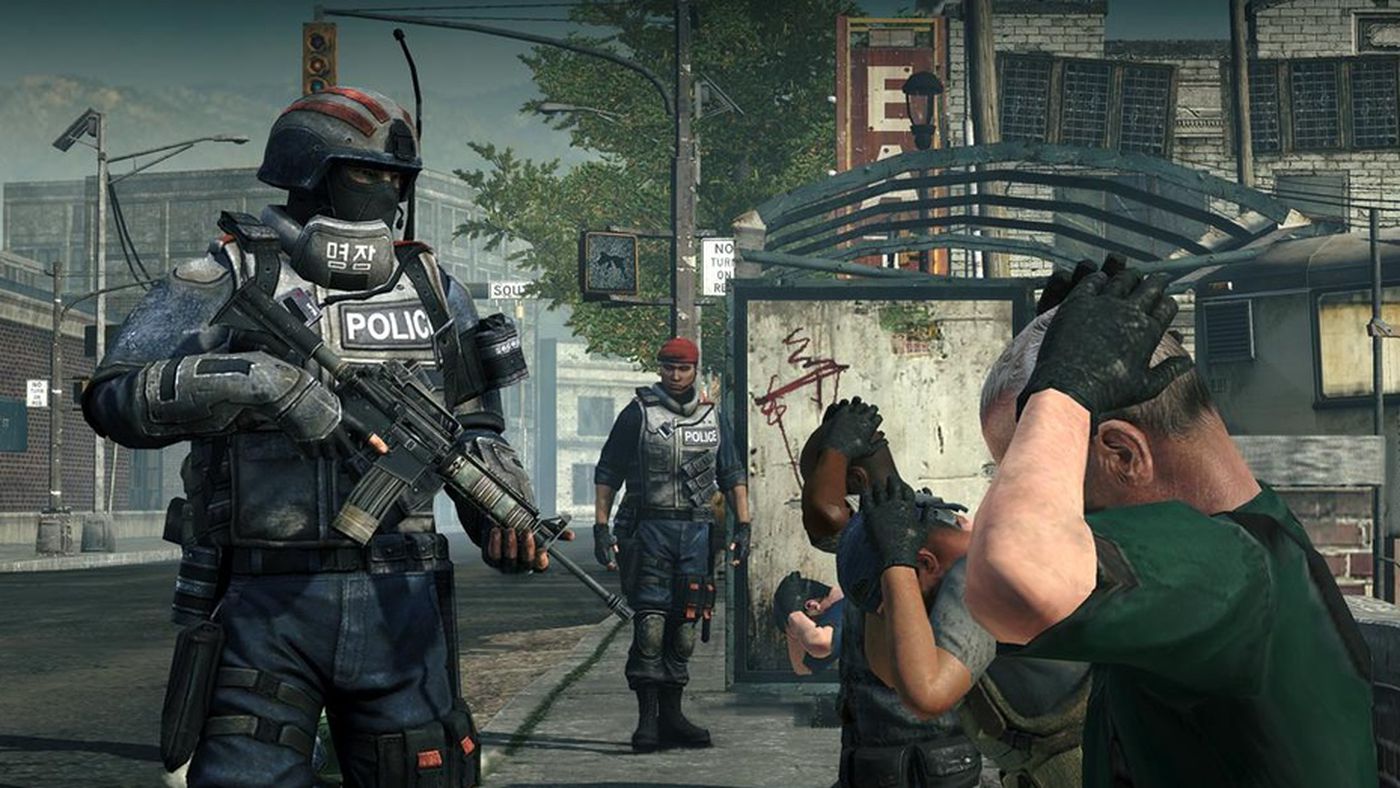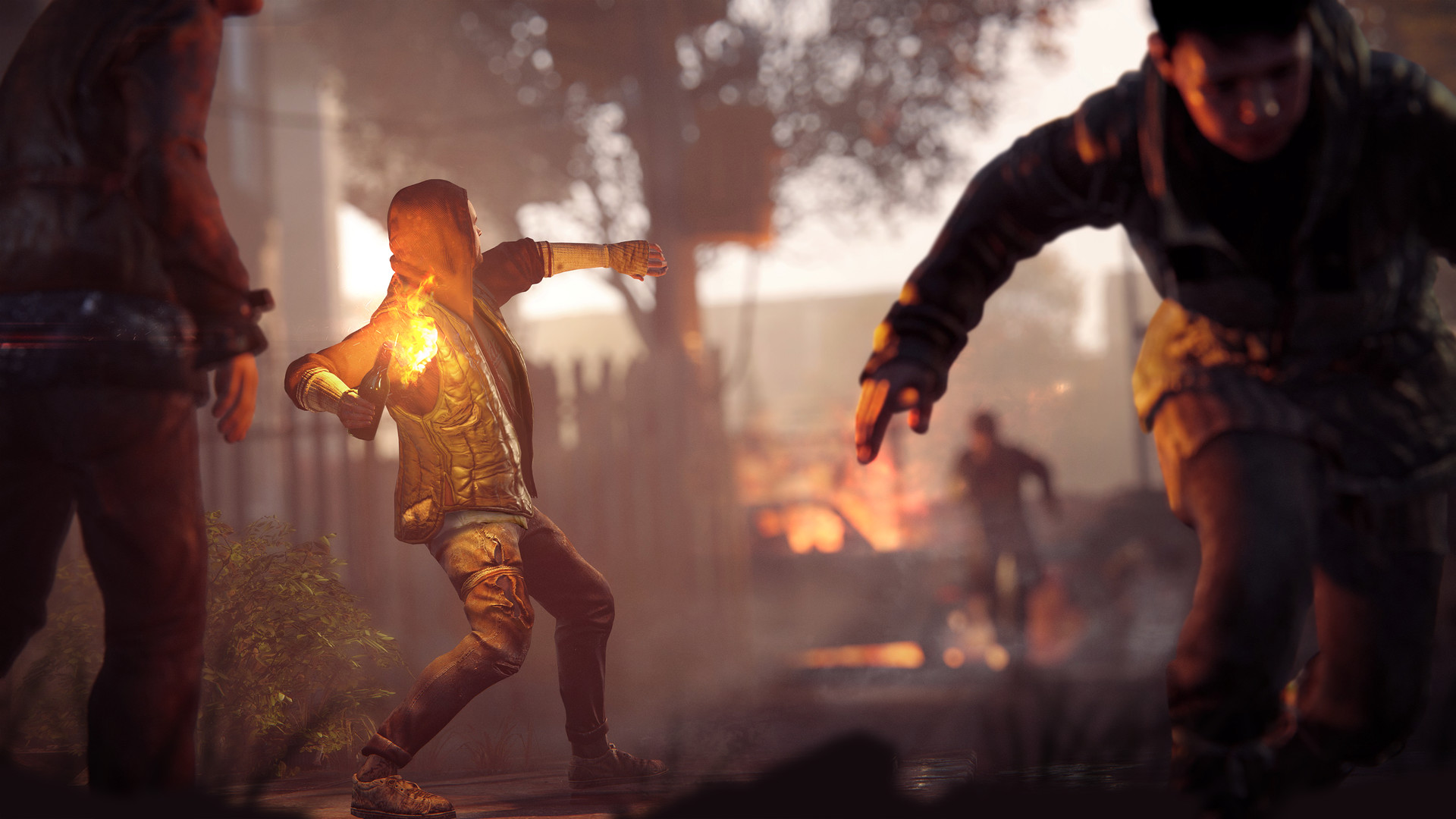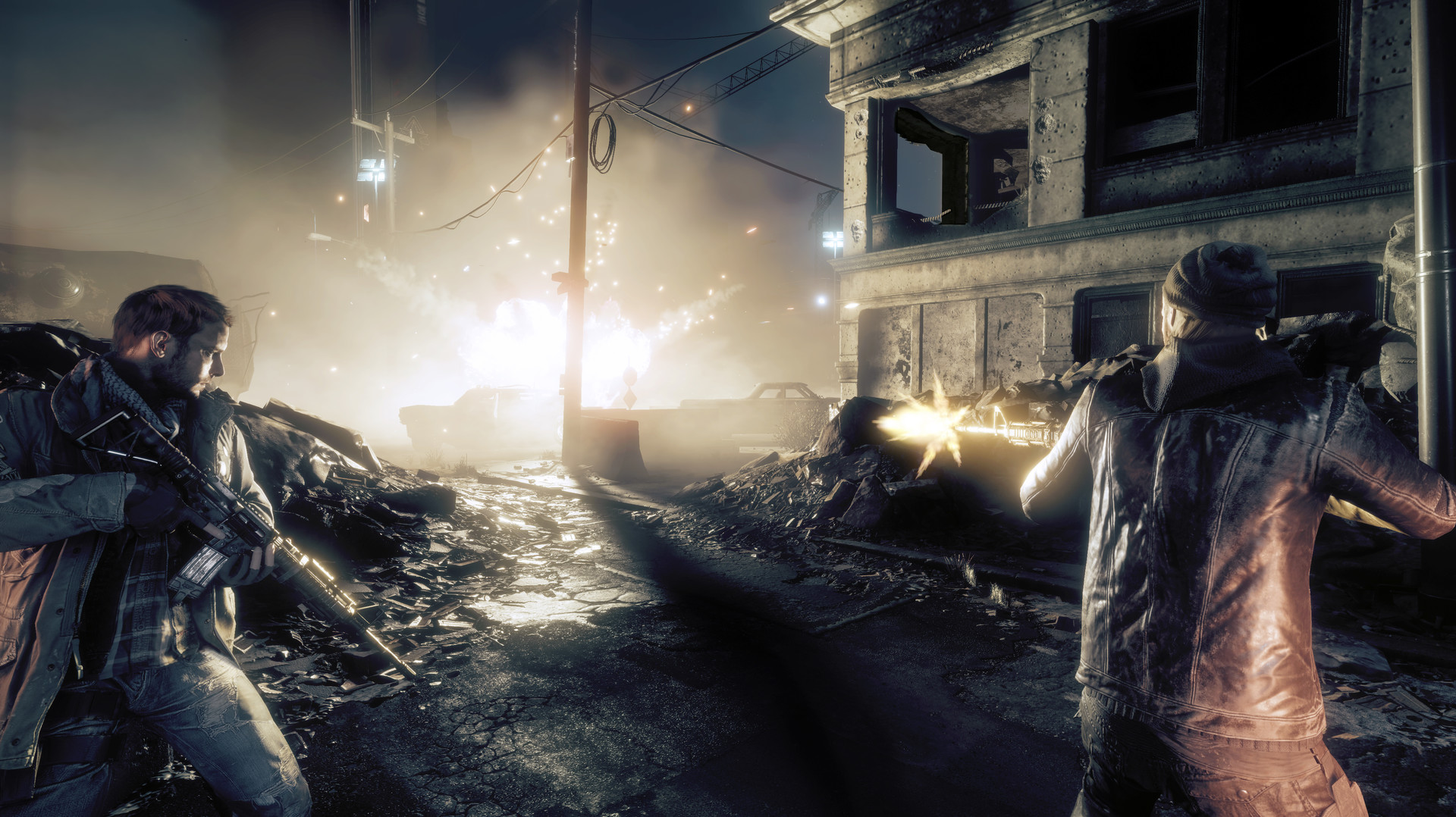The face of video gaming is quickly replacing first-person shooters. First-person shooters are as prevalent as reality TV shows, despite the fact that it is difficult to elude Call of Duty. Both are overflowing with derivative and unoriginal entries.
In order to stand out in a crowded category, a new entry must be distinctive. Although the concept of a battle raging on American soil is not new to first-person shooters, few tackle it with the deadly dedication of Homefront. Long chapters that highlight the brutality of military rule and the hopelessness of the victims graphically illustrate how horrific this book’s portrayal of life in a conquered America is.
The game’s meticulously designed world is one of the most engaging the industry has seen in a while, despite its disappointing duration and unoriginal combat. So brace up, people, because today we will be looking at the first two games of this series.
Homefront: Futuristic war-torn US and a brave resistance movement!

Homefront, when released by THQ for the Xbox 360 in March 2011, attracted a lot of attention. Its profile was raised by the big box office style marketing effort, which helped it rise to the top of the year’s most awaited titles. The game centres on a band of guerrilla fighters who are trying to release individuals who have been detained by the intruders and retake their native lands in a near-future world in which the west United States is under the control of joint Korean forces.
Although the tale is more of a visit around this rich environment than a thrilling journey in and of itself, the backdrop is the campaign’s major feature. Even while the individuals who travel alongside you the entire time have some interesting banter and contribute to a few intense scenes, they aren’t sufficiently developed for you to worry about them.
The odd friendly AI errors can be overlooked with the aid of this dissociation, but don’t put too much trust in your friends. You are the operator here, as in many contemporary shooters. Strong action occurs at a steady tempo that picks up as smaller shootouts give way to bigger clashes. A covert invasion follows a spectacular mid-campaign finale, and a much-anticipated vehicle scenario near the conclusion does not disappoint.
Despite being a small resistance group, you manage to scavenge a number of potent weapons from the adversary, giving you a sizable (and rewarding) inventory. Homefront makes a show of emphasising concepts like needing to be resourceful with ammo and find innovative ways to evade patrols, but it primarily plays out like a typical, conventional shooter campaign.
Although it’s unfortunate, the settings you go through effectively emphasize your dire predicament despite the fact that the action doesn’t truly match the atmosphere. Homefront isn’t a pretty game, but it has a lot of smart features that evoke prior conflicts. Characters occasionally clip through solid surfaces and there are some concerns with screen tearing, but overall, the aesthetics are adequate.
Sadly, the playthrough is over after about five hours. By the standards of a modern-shooter game, that may not seem particularly brief, but nevertheless, you are left hoping for more. As soon as combat points are used, the action becomes more intense. These points, which are acquired in the same manner as experience, are money that can be used in the current game.
Each loadout includes two slots for add-ons that might provide you and your squad a tactical advantage in battle. Some, like the flak jacket and the individual radar sweep, are solely useful to you. Others, like the Hellfire rocket and white phosphorus strikes, are designed to achieve some rapid deaths. The drones are another option. You can call a number of remote-controlled weapons onto the battleground once you’ve located a concealed location wherein you won’t be as susceptible.
Even though the various elements that come together to create Homefront’s multiplayer are unique, they are nicely interwoven and strike a decent balance. Homefront’s contests have a different feel from other games’ contests, and the game’s richness makes for hours upon hours of action. The campaign’s carefully considered and comprehensive vision of the future, however, is what makes Homefront so great.
It’s unusual for a game to devote this much care to its environment, and the outcome is a number of really amazing experiences that are frequently and skilfully enhanced by the soundscape. Homefront’s narrative nonetheless contributes significantly to the game’s attractiveness and helps set it apart from a crowded field of rivals, despite the fact that it wastes a great deal of potential for brilliance.
Also, did you know – the video game has gone through a degree of censorship in Japan. Notably, all references of North Korea and the Kim family have been removed, and has been banned in South Korea for depicting the reunification of the Korean peninsula by North Korea. Talk about involving politics in games!
Homefront: the Revolution – a re-imagination of the original premise!

Homefront: The Revolution’s premise, which revolves around the most complicated invasion strategy ever devised, is typically absurd. The United States will soon become insatiably interested in North Korea’s incredibly excellent electronics. You can image how difficult it will be to shut down all of that equipment at once when North Korea eventually manufactures practically everything in America, from consumer electronics to military hardware.
America is in trouble, with huge debts, a damaged infrastructure, and, probably, no protection. North Korean forces, known as the KPA, willingly invade to keep the peace but quickly transform into a tyrannical occupation force. Despite the shady arrangement, it’s a place worth seeing.
Homefront’s portrayal of Philadelphia is actually commendable. It feels more populous and livelier than New York from The Division, and travelling over the many makeshift pathways constructed by the opposition is rather enjoyable. It’s a city that understands its own boundaries. Philadelphia has been divided into a number of areas in order to avoid having a genuine open world.
Red zones are closed off sections filled with security personnel and little else, serving as a barrier surrounding the considerably more intriguing yellow zones. Philadelphia’s population centres are represented by the yellow zones, each of which is ripe with unrest. To appeal to the emotions of Philadelphia’s residents, you must grab certain objectives throughout the city’s numerous neighbourhoods.
This lofty goal is reduced to a very concrete “hearts and minds” metre. As you attempt to fill up the bar, there are numerous items scattered throughout each region for you to damage. Once this happens, the populace will riot in the streets. Although limited, it’s a fascinating enough mechanism that helps you understand how your actions affect the population.
Homefront: The Revolution doesn’t feature PvP multiplayer; rather, you may join forces with 3 additional players online and complete a few tasks in Resistance mode. Once you’ve finished the story, these will seem quite similar, although this mode is far less lenient than the main storyline. In either case, it’s worthwhile to play for the chance to take control of an elderly woman who is well equipped.
In a nutshell, Homefront: The Revolution is a superbly designed video game. The gameplay is smartly organised, skilfully carried out, and has some very intriguing concepts. Given that, it is disheartening that it is equally repulsive in just about every other way. A strange loading gap that causes the display to stop every time you complete a significant portion or enter a new location is one of the technical problems. Everything frequently stops up briefly enough for you to believe the game has crashed.
Additionally, the AI has a significant issue with obstructing doorways. You can enlist soldiers of the opposition to fight alongside you (which can be “fun” in and of itself as you sometimes have to follow them around), and they’re a pain to maneuver around. Thus, when the big picture is taken into account, Homefront: The Revolution manages to be enjoyable without ever living up to its promise of open-world fighting. For instance, the pace between both the Red and Yellow Zones isn’t as fluid as it could be.
Although the more constrained set piece engagements might be particularly guilty of this, the gritty free roam combat can also disappoint with cycles of killing and respawning and firearms that simply don’t feel… right. Together, they all keep Homefront at a satisfactory level.
What brought about the downfall?

Given that Crytek has been developing on Homefront 2 for a number of years with a 2014 release date in mind back then, the Homefront franchise’s takeover makes sense. Kaos Studios, who created Homefront but was forced to close down just shortly after the initial launch in June 2011, sold the development role to Crytek. Renowned for its first-person shooter game Crysis, Crytek made a $544,218 bid for the Homefront series in an auction that liquidated the studios and assets of the dissolved publisher THQ.
When the full experience is considered, Homefront: The Revolution manages to be enjoyable while juggling with some setbacks. If you’re looking for a shooter with a different pace, this is surely an interesting game pick. Just a few components are missing their proper place. Together, they all contribute to making Homefront a memorable yet doomed series.
